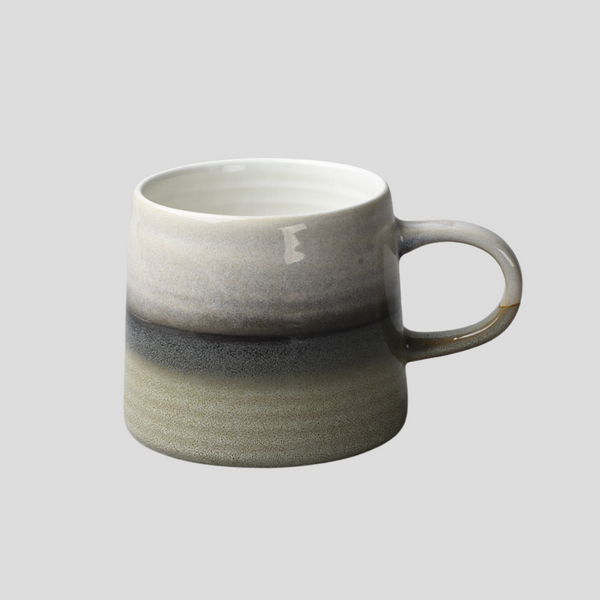
Exploring the Art of Japanese Pottery Firing
Exploring the Art of Japanese Pottery Firing
The art of Japanese pottery is steeped in tradition, innovation, and a deep connection to the natural world. One of the most critical and fascinating aspects of this craft is the firing process, which transforms raw clay into durable and beautiful ceramics. Firing, the process of heating pottery to a specific temperature in order to vitrify the clay, is a practice that Japanese potters have refined over centuries. This article explores the various techniques and philosophies surrounding Japanese pottery firing.
Anagama Kilns: The Heart of Traditional Japanese Firing
The anagama (cave kiln) is the oldest type of kiln used in Japan, its design originating from China and Korea over a thousand years ago. These kilns are built into a hillside, and their unique structure allows for wood-fired kilns to produce natural ash glazes and distinctive flashing effects on the pottery. The process of firing in an anagama can take several days and requires constant attention to maintain the proper temperature and atmosphere. The results, however, are unique pieces that bear the marks of fire, ash, and the hand of the potter in ways that no other process can replicate.
Noborigama Kilns: A Step Up in Efficiency
Noborigama (climbing kilns) represent an evolution from the anagama design. These kilns consist of multiple chambers built on a slope, each chamber being slightly hotter than the one below it. This design allows for greater control over the firing process and enables potters to achieve a range of temperatures and atmospheres within the same firing. Noborigama kilns are especially favored for their efficiency and versatility, capable of producing both high-fired stoneware and delicate porcelain.
Raku Firing: Embracing Imperfection
Raku firing is a technique that originated in the 16th century, closely associated with the Japanese tea ceremony. This low-temperature firing process is known for its ability to produce stunning metallic and crackle glaze effects. The process involves removing pottery from the kiln while it is red-hot and placing it into containers with combustible materials, which creates a reduction atmosphere that affects the glazes in unpredictable but often beautiful ways. Raku embodies the Japanese aesthetic of wabi-sabi, which finds beauty in imperfection and transience.
Electric and Gas Kilns: Modern Adaptations
With the advent of modern technology, electric and gas kilns have become more common in Japan, offering potters unprecedented control over the firing process. These kilns can maintain precise temperatures and atmospheres, allowing for consistent results and the exploration of new glazing techniques. While some purists argue that these modern kilns lack the character of wood-fired kilns, many contemporary Japanese potters embrace them for their efficiency and the potential for innovation they offer.
Connecting with the Elements
Across all these methods, the art of Japanese pottery firing remains deeply connected to the elements. Wood-fired kilns embody a dance with fire, where the potter must engage with the unpredictability and power of the flame. The interaction of the pottery with the ash and the kiln's atmosphere reflects a dialogue with the earth and air. Even in modern kiln firing, elements like electricity and gas are harnessed to transform earth into art. This connection to the natural world is a hallmark of Japanese pottery, regardless of the firing technique used.
Conclusion
The various firing techniques used in Japanese pottery are more than just methods to harden clay; they are expressions of philosophy, history, and a deep connection to the natural world. From the traditional anagama and noborigama kilns to the modern electric and gas kilns, these methods reflect a continuously evolving craft that honors its past while exploring new possibilities. For those who delve into the world of Japanese pottery, the firing process offers a unique window into the soul of this ancient art form.
Click this link to check out our ceramic artwork!
















































